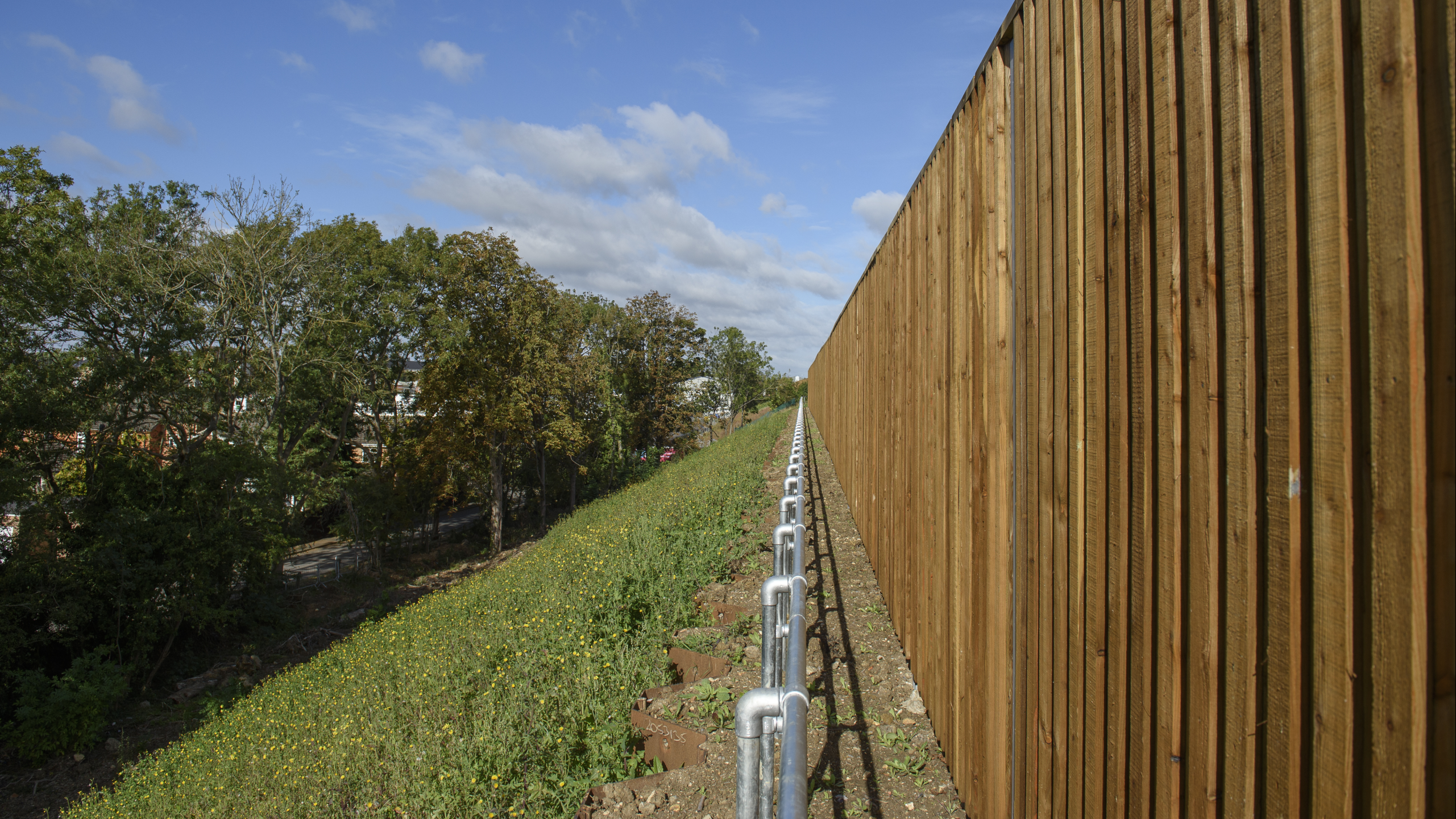
Vehicles travelling on the strategic road network (SRN), especially at high speed, are noisy. At motorway speeds most noise comes from tyres rolling on the surface, with engine noise more audible at slower speeds. The UK Health Security Agency recently completed a study adding to existing evidence that transportation noise exposure contributes to worse health outcomes and lower quality of life.
ORR's role
ORR holds National Highways to account by reporting on progress against noise mitigation targets, highlighting areas for improvement, and through advising the Department for Transport. ORR receives regular reporting against key performance indicators, including the number of households mitigated from noise.
National Highways’ target is to mitigate how noise impacts on 7,500 households during the second road period (2020 to 2025). The company mitigated 4,163 households in the first three years of the second road period. National Highways does this through lower noise surfacing, noise barriers and its household insulation programme.
In our most recent annual assessment of National Highways’ performance we highlighted that the company will need to mitigate 3,337 households in the final two years of the road period. It is expecting to mitigate 829 households in 2023 to 2024, leaving 2,508 households to be mitigated in the final year of the road period. This would be the highest number it has achieved in a single year. We are challenging National Highways on its programme to accelerate delivery of noise mitigations as part of holding the company to account to achieve its noise target.
Solutions
National Highways can mitigate noise through a variety of means. Controlling noise at the source is the first consideration. This could be with lower noise surfacing, with research showing a reduction in noise from passenger vehicles between three and four decibels compared to older surfacing materials. National Highways installs lower noise surfacing as standard on new roads and when resurfacing existing roads. The company also considers resurfacing with lower noise surfacing in noise important areas before its planned renewal period.
Installing barriers (like the one pictured above) can also mitigate road noise on large areas, by up to 10 decibels. National Highways considers the engineering feasibility and value for money before installing a barrier. National Highways also mitigates noise from households though its insulation programme, offering to upgrade households’ windows and insultation to reduce noise levels inside the house.
Funding
These measures are funded through National Highways’ Environment and Wellbeing designated fund. This is a £410 million fund to be spent on improvements to biodiversity, noise, air quality, flooding, water quality and carbon emissions. The company is expecting to spend, subject to internal approval of individual projects, £123 million from its environment and wellbeing fund in 2023 to 2024.
Noise mitigation is an important issue and ORR will continue to monitor National Highways’ progress as it approaches the final years of the programme.


